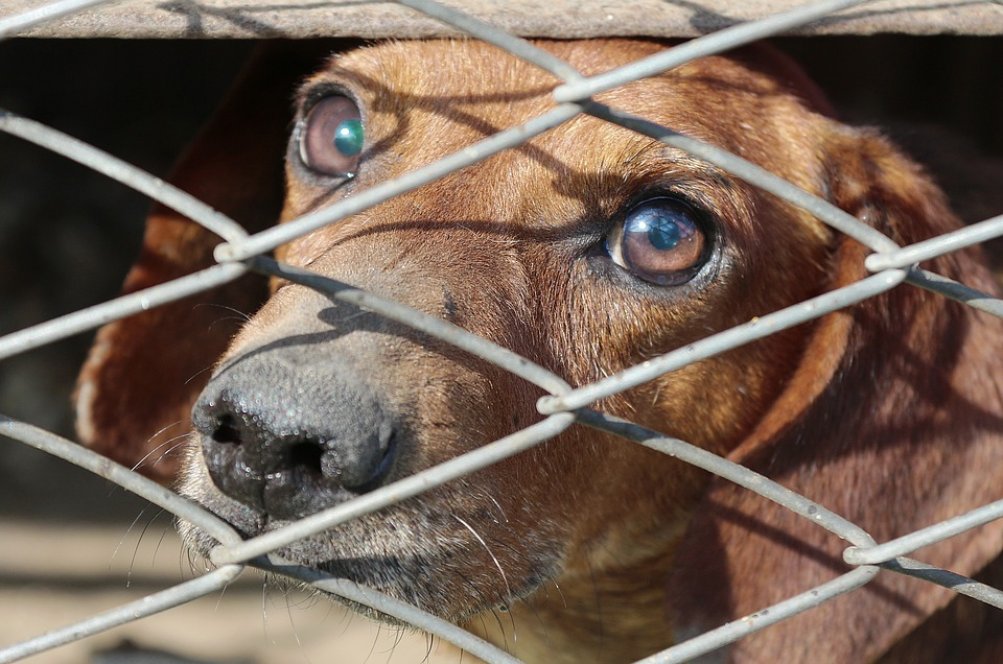Milijoni psov, ki so okuženi s steklino, so v Kambodži ubiti v grozljivih pogojih. Nemočni psi so v neznosnem smradu zaprti v utesnjenih kletkah na obrobju prestolnice Phnom Penh. Čaka jih smrt z utopitvijo.
PRIZORI KOT 'IZ PEKLA': Grozljive prakse v okolici ene najprometnejših turističnih znamenitosti (FOTO)
Svet

Kot je ugotovila dobrodelna organizacija, za ubijanje psov uporabljajo ogromne betonske kadi, da bi bilo njihovo meso mogoče prodati za hrano.
Znano je, da kamboški trgovci s pasjim mesom utopijo, zadavijo ali zabodejo na tisoče psov na dan. Smrtonosnim tveganjem, kot je npr. steklina, pa so izpostavljeni tudi delavci, poročajo lokalni mediji. Raziskovalci pravijo, da trgovina s pasjim mesom ogroža javno zdravje, ker po vsej državi prevažajo živali, okužene z steklino, ki se lahko prenese na ljudi.
Dobrodelna organizacija Four Paws International je odkrila grozljivo prakso v Phnom Penhu, skrito blizu ene najprometnejših turističnih znamenitosti v državi. Po ocenah nevladne organizacije v Kambodži vsako leto zakoljejo med dva in tri milijone psov, ki končajo v več kot 100 restavracijah v glavnem mestu in okoli 20 v mestu templjev Siem Reap. Več kot pol ducata restavracij s pasjim mesom v provinci Siem Reap se nahaja v bližini templja Angkor Wat - najbolj znane turistične atrakcije Kambodže, ki jo vsako leto obišče na tisoče ljudi z vsega sveta.
Vznemirjujoče fotografije v Phnom Penhu je posnel britanski fotoreporter Aaron Gekoski, ki je prizore opisal kot "iz pekla".

